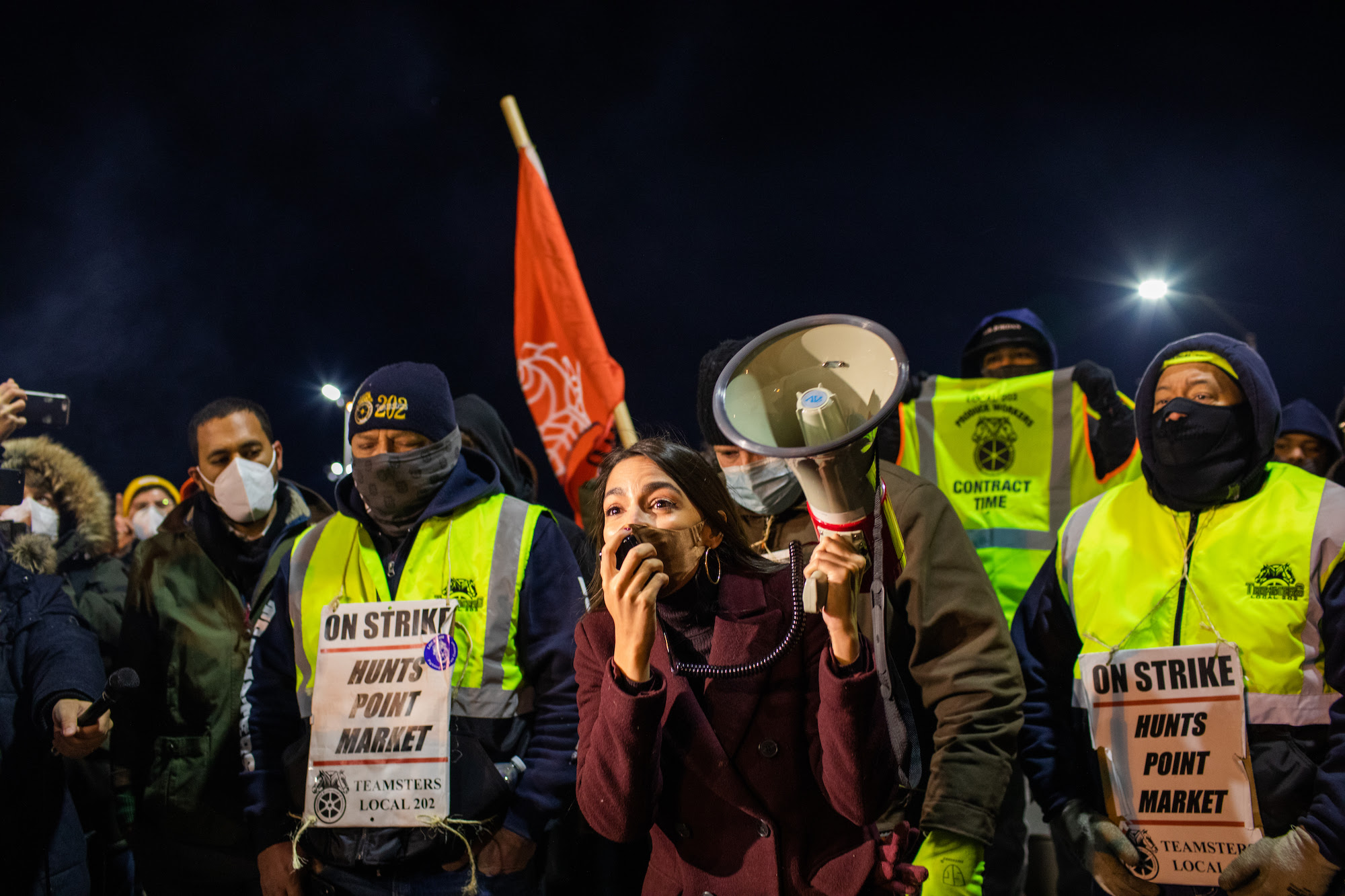The legislative package, passed by the Council in August, addresses racial disparities, most severely affecting Black women and birthing people
Speaker Adrienne E. Adams and the New York City Council celebrated the maternal health legislative package, which addresses significant disparities in maternal health, mortality, and morbidity for the first time in the City’s history, being signed into law today.
“Maternal health is a social justice issue that is a matter of life or death for many women and birthing people in our city and country, especially in Black communities,” said Speaker Adrienne Adams. “This historically diverse and women-majority Council prioritized addressing this issue to reduce the severe inequities faced by Black, Latino, and indigenous people in receiving equitable care. The horrifying lived experiences that have endangered too many lives are finally being acknowledged with concrete policy actions, and the enactment of these laws is a major step forward for our city. This progress would not have been possible without the leadership of women in the Council, and it shows the impact on policy when women are accurately represented in lawmaking.”
While about 30 birthing people in New York City die each year of a pregnancy-related cause, statistics indicate that approximately 3,000 women “almost die,” or experience morbidity, during childbirth, with the majority of cases being people of color. In New York City, Black women are eight times more likely than white women to die from a pregnancy-related cause, and nearly three times more likely to experience severe maternal morbidity than white women. In an effort to address this national maternal health crisis that impacts New York City, the Council crafted a package of bills to expand maternal health services and address systemic inequities that affect women and birthing people, particularly those that disproportionately harm Black, Latino and indigenous people.
The legislative package is a demonstration of the agenda advanced by the City’s first-ever women majority Council, distinguishing how women lead differently in prioritizing solutions for persistent issues that have disproportionately affected women and communities of color. In July, the Council passed a groundbreaking abortion rights package, which was signed into law last month. The Council will continue to take on the longstanding challenges facing women in this city, who are the majority, as well as the millions of families across communities.
The legislative package contains the following:
Introduction 86-A, sponsored by Public Advocate Jumaane Williams by request of the Bronx Borough President, requires the City to conduct public education on standards for respectful care at birth, as well as information regarding: the right to be free from discrimination in relation to pregnancy, childbirth or a related medical condition, reasonable workplace accommodations for persons who are pregnant or were recently pregnant and caregivers; rights for a person who is pregnant or was recently pregnant under the disability benefits law and paid family leave benefits law, earned safe and sick time act, and temporary schedule change law; and how to access information on appointing a health care proxy.
Introduction 409-A, sponsored by Council Member Farah Louis, requires the Department of Health to post the annual Maternal Mortality and Morbidity report on its website. The annual Maternal Mortality and Morbidity report is mandated per Local Law 188 of 2018 however, there was no requirement for the data to be posted on the department’s website – until now.
Introduction 482-A, also sponsored by Council Member Louis, requires the Department of Health to provide education on polycystic ovary syndrome and endometriosis, by posting information on its website. DOHMH will also be required to submit a report regarding education efforts on both conditions to the mayor and speaker of the council no later than March 1, 2023.
Polycystic ovary syndrome and endometriosis are known to impact Black women and women of color more severely, due to a range of health access inequities that lead to misdiagnosis, underdiagnosis, and mistreatment. This legislation would expand public awareness about these conditions to ensure New Yorkers impacted by them, especially in communities of color, are more likely to receive appropriate treatment by helping them and their loved ones identify the signs.
Introduction 472-A, sponsored by Council Member Jennifer Gutiérrez, requires the Department of Health to establish a program to train doulas and provide doula services to residents of marginalized neighborhoods in all five boroughs at no cost to the resident. Doulas will be trained in birth equity, trauma-informed care, perinatal mood and anxiety disorders, navigating the hospital environment, and support services available to low-income birthing people and their families. DOHMH will also be required to submit a report to the mayor and speaker of the council on the merits of the program. Doulas provide a humanizing approach to childbirth, giving families physical, emotional and practical support. Providing free doula care would empower birthing people who systemically face maternal mortality – particularly Black New Yorkers. With longstanding inequities and disrespect faced by Black and people of color in the healthcare system, doulas are a comforting and trustworthy alternative.
Introduction 478-A, sponsored by Council Member Crystal Hudson, requires the City to provide education and information regarding services offered by doulas and midwives, the evidence-based benefits of such services, and free and low-cost resources related to such services in the city. The administering agency would also be required to submit to the Mayor and Speaker of the Council, and post online, a report describing the methods of targeted outreach used.
Introduction 490-A, sponsored by Council Member Julie Menin, requires the Department of Health to conduct research on sexual and reproductive health disparities within the city and provide sexual and reproductive health services. In providing these services, DOHMH will have the duty to provide outreach, education, and support to individuals, especially low-income individuals and those without health insurance, regarding issues related to sexual and reproductive health. DOHMH would also make referrals to affordable and accessible services related to contraception, abortion, family planning, breast and cervical cancer screenings, and counseling, testing, and treatment for HIV and sexually transmitted infections.
Introduction 509-A, sponsored by Council Member Althea Stevens, requires the City to administer a public education program that informs the public regarding maternal mortality and severe maternal morbidity. DOHMH would also be required to report on the total births in the city, disaggregated by vaginal and cesarean sections, and whether the pregnancy was considered low risk. DOHMH would also be required to issue recommendations to reduce maternal mortality and severe maternal morbidity, including efforts to reduce the risks associated with unplanned cesarean delivery, and efforts to address inequities across patient demographics. While C-sections can be lifesaving, they may also produce long-term and short-term effects like infection and immune development. This legislation would ensure New Yorkers will receive important information on maternal health and C-sections so they can make proper decisions on their healthcare. Research shows that Black women are more likely to be subjected to cesarean sections than white women, even in low-risk situations. The use of unnecessary cesarean deliveries poses health risks to the mother and child, due to potential complications.
Also included in this package are several resolutions.
Resolution 95, sponsored by Council Member Carlina Rivera, calls on the New York State Legislature to pass legislation that would require maternal health providers to supply individuals with a planned c-section and those who undergo an unplanned c-section with a standardized written communication about the procedure, to ensure universal dissemination of information to improve health outcomes for birthing parents and newborns.
Resolution 205, also sponsored by Council Member Rivera, calls on the New York State Legislature to pass legislation making doula care more accessible to individuals with Medicaid and those without health insurance.
Resolution 92, sponsored by Public Advocate Williams, calls on Congress to pass and the President to sign the Black Maternal Health Momnibus Act of 2021, to make critical investments in and advance policies that would help end preventable maternal mortality and close the racial and ethnic disparities in maternal healthcare.
Resolution 244, also sponsored by Public Advocate Williams, calls on the Centers for Disease Control and Prevention to expand funding for the Healthy Start Brooklyn doula program, known as By My Side, in order to provide free doula services to low-income birthing parents in Brooklyn who disproportionately face the risks of infant mortality, low birthweight, preterm birth and other challenges.








